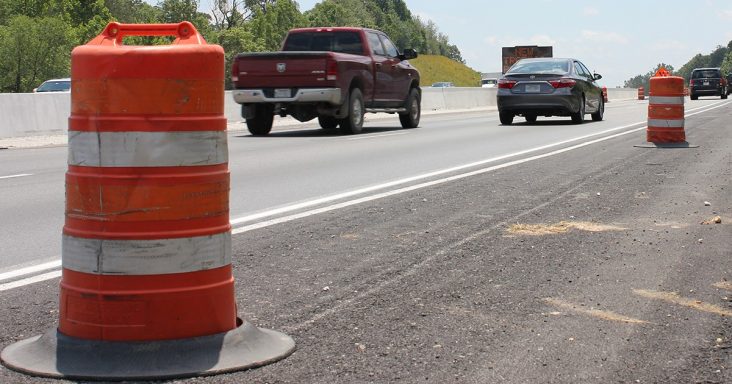Arkansas roads rank rises 23 spots in report
by December 27, 2020 1:43 pm 3,498 views

The Arkansas highway system is ranked ninth in the United States in overall cost-effectiveness and condition, according to the 25th annual report from the nonprofit libertarian think tank Reason Foundation. The state improved 23 spots in its ranking from the previous report and was one of five states to make double-digit improvements.
Since the 24th annual report in which Arkansas was ranked No. 32, the state has improved in most categories, including urban interstate, urban arterial and rural arterial pavement condition. Regarding safety and performance, Arkansas is No. 39 in overall fatality rate, 11th in structurally deficient bridges, 19th in traffic congestion, 34th in urban interstate pavement condition and 35th in rural interstate pavement condition.
On spending, the state is No. 9 in total spending per mile and 25th in capital and bridge costs per mile.
“To improve in the rankings, Arkansas needs to reduce its fatality rate and improve its pavement conditions,” said Baruch Feigenbaum, lead author of the report and senior managing director of transportation policy at Reason Foundation. “Arkansas is in the bottom 15 states for all three fatality categories and in the bottom half in three of the four pavement categories. Compared to neighboring states, the report finds Arkansas’ overall highway performance is better than Oklahoma (ranks 33rd) but worse than Mississippi (ranks eighth) and Tennessee (ranks seventh). Arkansas is doing better than comparable states like Louisiana (ranks 31st) but worse than others like Missouri (ranks second).”
Arkansas’ best rankings are in administrative disbursements (second) and maintenance disbursements (sixth). Its worst rankings are in urban fatality rate (46th) and rural fatality rate (40th).
North Dakota, Missouri and Kansas have the best state-owned road systems, the report shows. The report measures the condition and cost-effectiveness of state-controlled highways in 13 categories. It’s based on spending and performance data submitted by state highway agencies to the federal government for 2018 and traffic congestion data from INRIX and bridge condition data from the Better Roads inventory for 2019.
